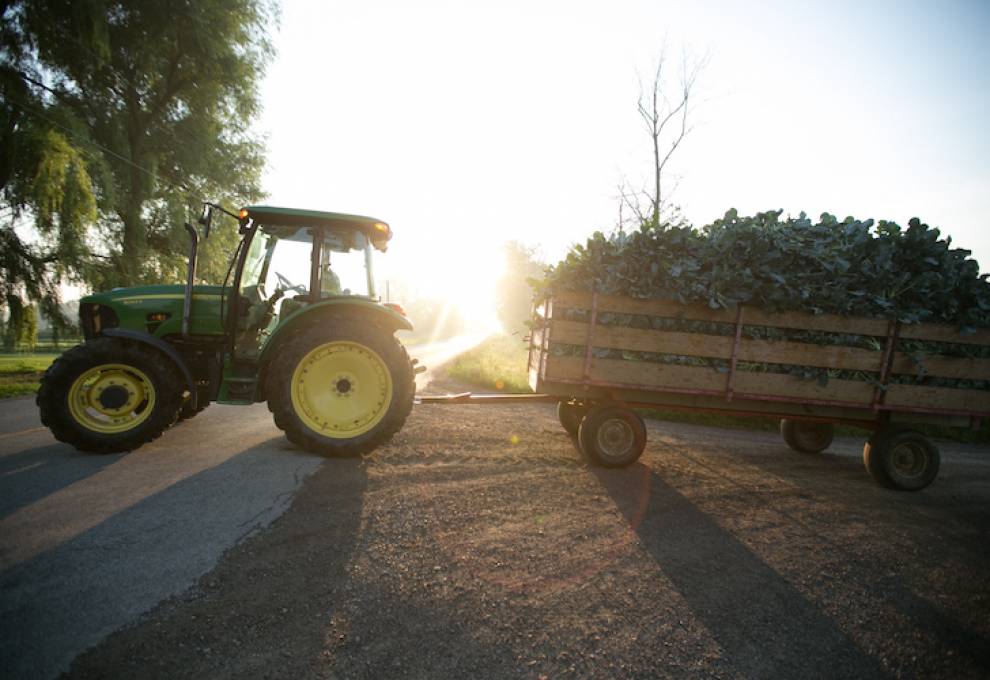
In the world of horticulture crop protection, no other topic has garnered more response from growers in recent years as that of re-evaluation. These mandated reviews of each registered active ingredient in crop protection products are conducted by the federal Pest Management Regulatory Agency (PMRA). The Pest Control Products Act (PCPA) requires the PMRA to initiate re-evaluation within 15 years of the first registration. The goal of the re-evaluation process is to ensure crop protection products meet the latest human health and environmental standards.
While the re-evaluation program has been in place now for nearly two decades, it has received more widespread attention in the past few years than any time previously. Reflecting now, I would say that perhaps more than anything it has been the unexpectedness of decisions on key crop protection materials that has taken growers by surprise. Growers are adamant that the current system isn’t working well, and they aren’t wrong.
Two re-evaluations – both still ongoing – provided clear examples of what some of the core problems are. It was the neonicotinoid reviews where it first became completely apparent that monitoring data for active ingredients in the Canadian environment are severely lacking. Without such information, PMRA risk assessments are based on conservative assumptions and computer modelling deliberately intended to err on the side of caution. The re-evaluation for the fungicide mancozeb identified an entirely different challenge – understanding the grower use pattern for a product in the real world. Both the PMRA and registrants need to understand what the industry is actually using in order to conduct risk assessments and to support labelled uses during re-evaluation.
On the PMRA side, it became obvious that the re-evaluation program is not sustainable. The organizational strain from the process continues to increase as does the scientific complexity of re-evaluations. Workloads are already exceeding available resources, resulting in delayed decisions, which will only get worse with a greater expected output. Something had to change. In 2018, PMRA initiated a full review of the re-evaluation program with a goal to increase the efficiency and effectiveness of the program. Stakeholder input from a broad range of groups including grower associations such as the Ontario Fruit & Vegetable Growers’ Association were considered. After a year or so of analysis, PMRA recently presented its proposed ideas going forward.
The new proposed model will be called the integrated approach. The first major change will be a movement towards so called “continuous” re-evaluation as opposed to waiting only for the 15-year interval. Opportunities will be sought during label expansion or the mandatory five-year product renewal process to possibly conduct elements of the risk assessment similar to a re-evaluation. If during these processes, most of the work of re-evaluation has been done anyway, then full re-evaluation of that active ingredient may not be required until later down the road. When it is needed, at least some of the work has likely already been done, creating efficiency, and it’s likely more clear what possible risks need refinement. One caveat being we must ensure this does not impede the opportunity for minor uses to be added to product labels which is such a key component of horticulture crop protection.
A second important component of the new proposed approach is earlier stakeholder engagement. Currently there is no communication from PMRA to any stakeholders on the direction of a re-evaluation prior to the publication of the Proposed Re-Evaluation Decision (PRVD). The first opportunity to review the assessments and assumptions made by PMRA during a re-evaluation is after the PRVD is published. Stakeholders then have 90 days to submit comments and data to clarify aspects of the review. That does not leave a lot of time to collect data and no chance at all to conduct a new scientific study if it’s required.
The integrated approach will involve two new engagement opportunities for grower stakeholders. The first will be a chance to examine and provide input on PMRA assumptions at the beginning of a re-evaluation. The second will be to review a draft risk assessment prior to the publication of a PRVD to help identify potential risk mitigation measures prior to the formal publication of any decisions. These additional engagement opportunities will help ensure that growers have enough time to respond to re-evaluation issues and clarify that PMRA assumptions reflect industry reality.
The final pillar of the integrated approach revolves around getting improved information for regulatory decisions. The two previously mentioned examples are the main challenges: environmental monitoring data and use pattern information. There is an ongoing effort by several organizations to create a governmental body with responsibility for organizing and collecting this environmental monitoring data. This is supported by the PMRA and it is actively trying to take a lead role in its formation.
The use pattern information is the most important thing that growers can do to support re-evaluation decisions. As written previously in the May 2019 Crop Protection Column, this is about collecting provincial summary statistics on how crop protection products are actually used by growers (e.g. rate, number of applications etc.). Simply providing updated use information prior to a re-evaluation can have a big impact on its outcome. This ball is absolutely in our court for this aspect, and as growers, we need to be better organized and prepared to provide this input.
The PMRA re-evaluation program has a major impact on access to crop protection materials and the competitiveness of Canadian growers. We want to ensure that our continued use of crop protection materials meets human health and environmental standards, that makes sense. The current model clearly has some serious deficiencies and that’s led to some poor outcomes for all stakeholders. The future view is looking brighter. While the tunnel still has a ways to go before a better end is in sight, I am convinced that there is now light to be found.

Add new comment